Sudan plated lizard substrate is the material used to cover the floor of your pet’s enclosure — in other words, bedding. While it may seem like mostly an aesthetic choice, the substrate you use also plays a role in humidity retention, foot cushioning, keeping nails filed, and encouraging natural behaviors such as digging.
NAVIGATION:
Best plated lizard substrates
In their natural habitat, Sudan plated lizard substrate is sandy, nutrient-poor soil, and their bodies have adapted to running around on and even occasionally ingesting this material. So the best plated lizard substrates are going to mimic natural conditions:
- DIY naturalistic mix — 50% play sand, 30% plain topsoil, 20% Zoo Med Excavator Clay. Very inexpensive, ingredients can be found at most home improvement stores (except for the clay).
- Lugarti Natural Reptile Bedding — Packs well when prepared correctly, and offers lots of burrowing potential.
- The BioDude Terra Sahara bioactive kit — Complete bioactive substrate kit for semi-arid species. If you set up your bioactive correctly, you won’t have to change out the substrate for years!
- Josh’s Frogs Desert BioBedding Bioactive Substrate — Bioactive-ready substrate base. Performs well with packing down, good drainage, and supporting plants. Smells great, too!
Sudan plated lizards need at least 4-6” (10cm) of substrate for digging and burrowing. Some sources recommend a deeper substrate layer approximately 1/3 of the enclosure’s total height. So for a 36” tall enclosure, the substrate layer would be 10-12” deep to facilitate optimal burrowing.
A note on bioactive substrates
Bioactive enclosures are often considered “self-cleaning” because they harness the processes of nature to keep bacteria and mold in check. They take a lot of work to set up, but once you have it going, they’re fairly low-maintenance and absolutely beautiful. For more information on how to get started with bioactivity, read my blog posts on the subject and join Bioactive Reptile & Amphibian Setups USA on Facebook.
Okay plated lizard substrates
These substrates are cheap, sterile, and make cleaning easy. They’re not a good permanent option, but work well for a plated lizard in quarantine.
- Paper towels
- Newspaper
Bad plated lizard substrates
These substrates pose significant heath risks to your pet plated lizard, and should not be used at all.
- Calcium/vitamin sand
- Ground walnut shell
- Coconut fiber (ex: Eco Earth, Plantation Soil)
- Reptile carpet
This page contains some affiliate links. To learn why ReptiFiles sometimes uses paid links, read here!
Keep reading about Sudan plated lizard care:
- Introduction to Sudan Plated Lizards
- Shopping List
- Enclosure Size Requirements
- Lighting & UVB Requirements
- Heating & Temperature Requirements
- Humidity Requirements
- Substrate Options
- Decorating the Enclosure
- Feeding Your Sudan Plated Lizard
- Handling and Taming Tips
- Common Illnesses and General Health Information
- Additional Resources
